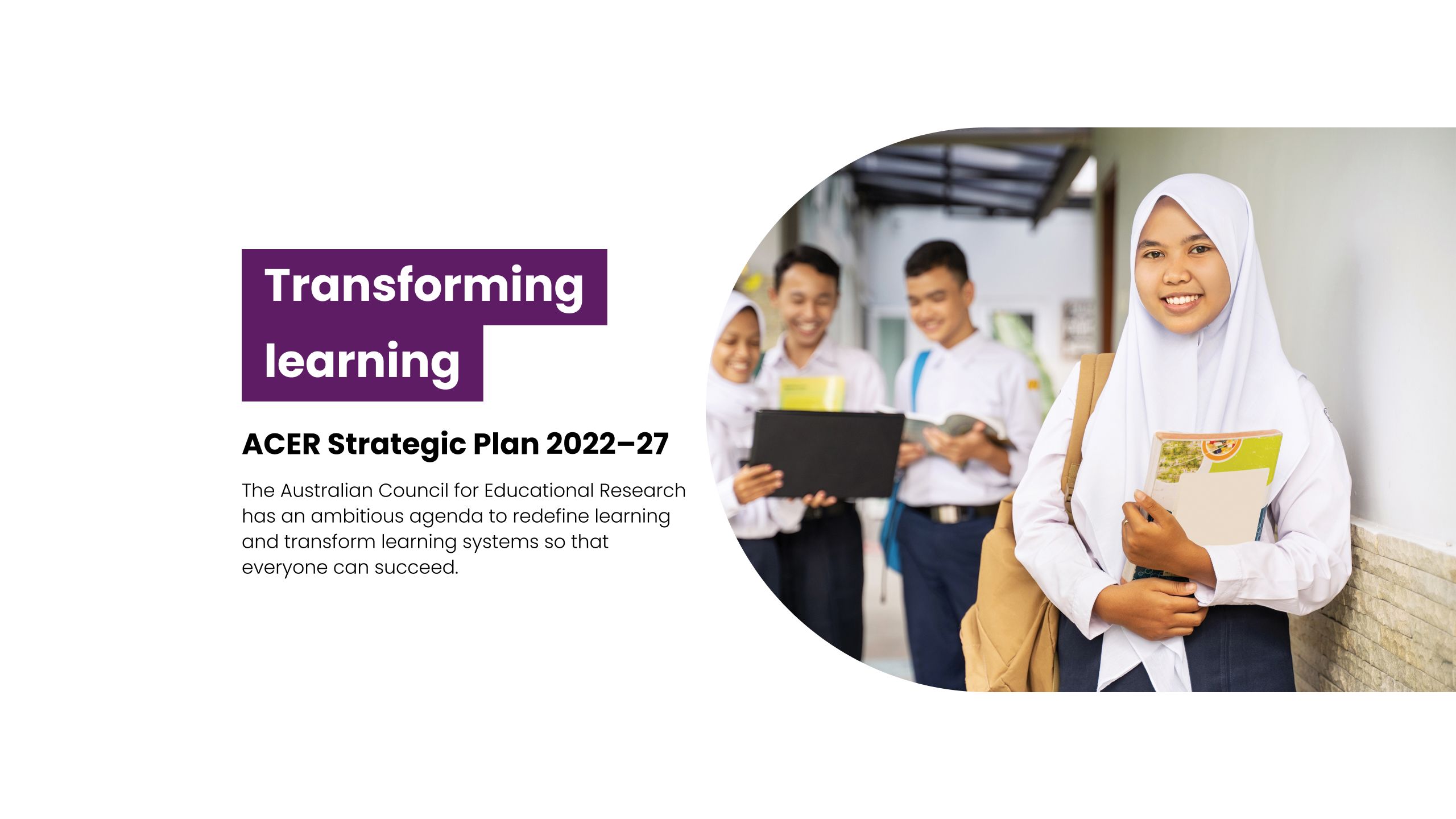
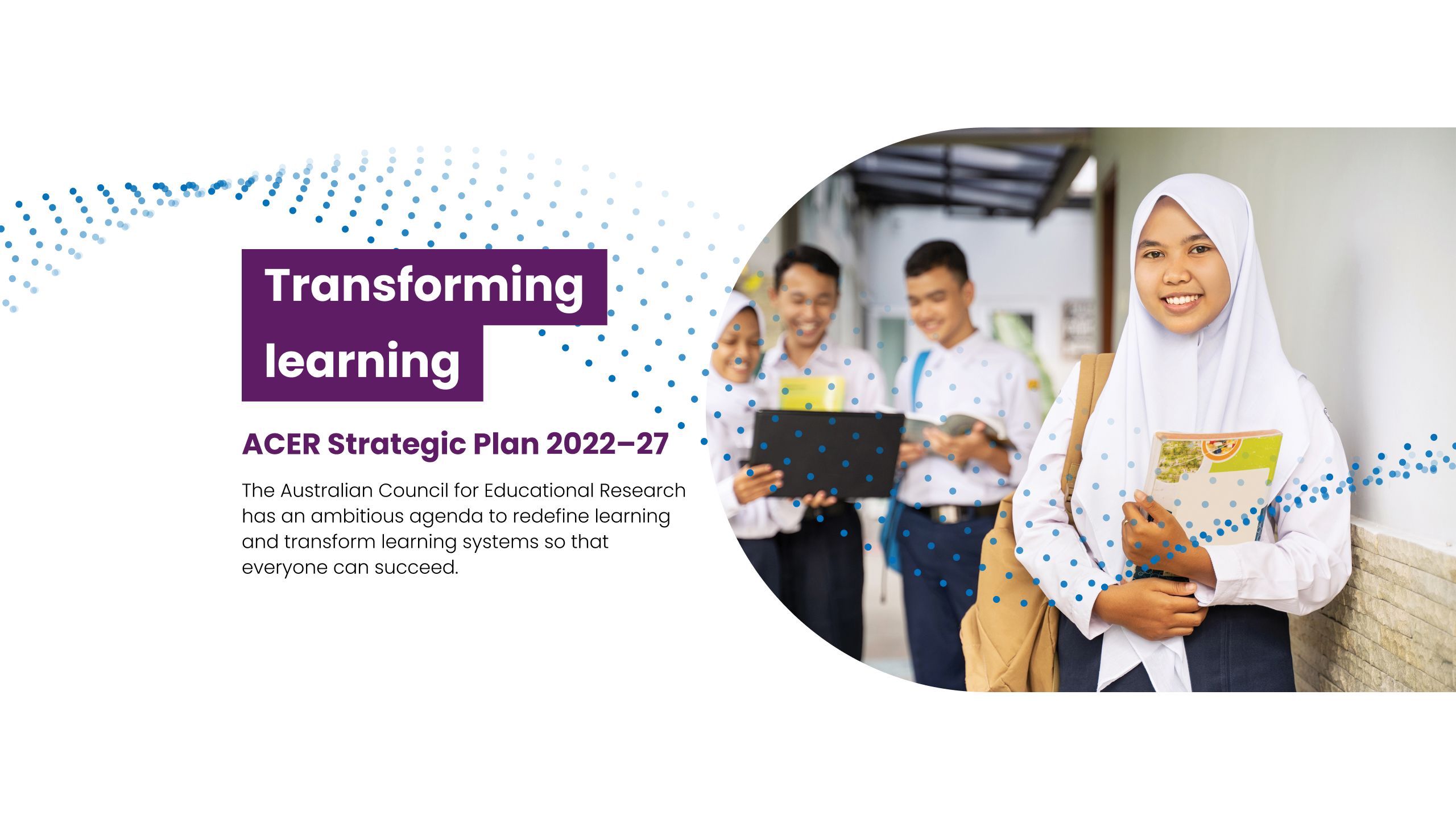
Globally, education systems face significant challenges in preparing young people for a rapidly changing and increasingly uncertain world.
Research shows that thriving in life and work will require different and more varied knowledge, skills and attributes. At the same time, large proportions of students currently fail to achieve acceptable levels of literacy and numeracy.
These challenges indicate a need for fundamental change in the kinds of learning that are valued, and the systems designed to support and promote learning.
ACER’s strategic plan sets an ambitious agenda to better prepare young people for their future and ensure all learners achieve high standards. This requires a focus on deeper, more integrated learning, along with a changed understanding of successful learning as holistic growth. It will require transformational change to existing learning systems, including the loosening of institutional constraints of when and where learning occurs.
Strategic Plan 2022–27 involves 3 complementary programs of research, development and application:
Leading reform by undertaking foundational research to guide and enable the transformation of learning systems, including mapping of long-term progress.
Shaping policy by working with national and international partners to transform learning systems, providing advice for policy change backed by rigorous research.
Enhancing practice by delivering evidence-based tools and approaches to help transform learning systems and support every student to make ongoing learning progress.


Learning system transformation
ACER is investigating how jurisdictions can be supported to develop coherent, equitable learning systems.
Existing learning systems – including curricula, teaching approaches, and assessment and credentialling processes – have been designed for the teaching and learning of bodies of curriculum content in defined time periods.
The design of learning systems around the concept of ongoing growth requires a fundamental transformation of all aspects of the system.
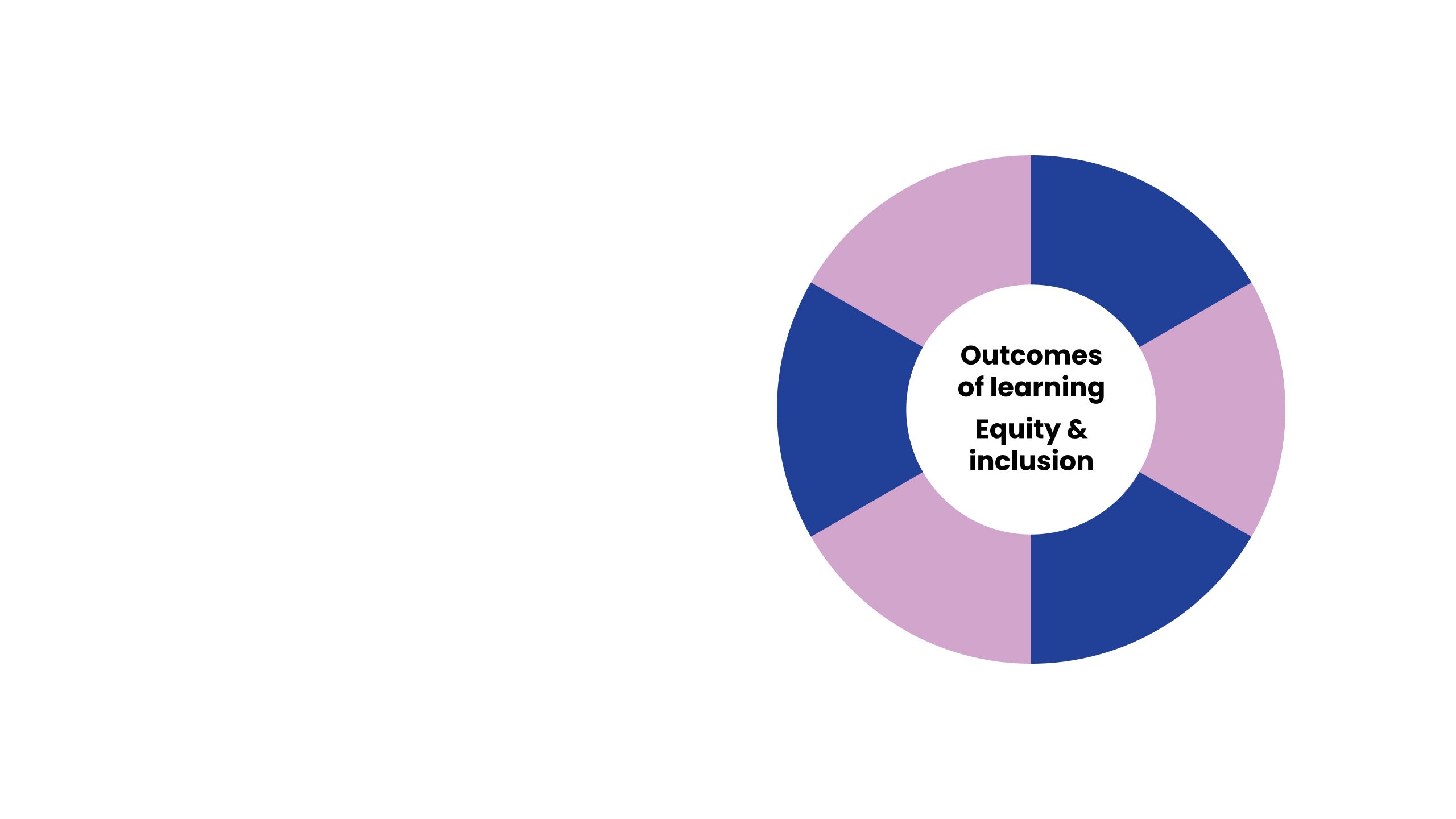
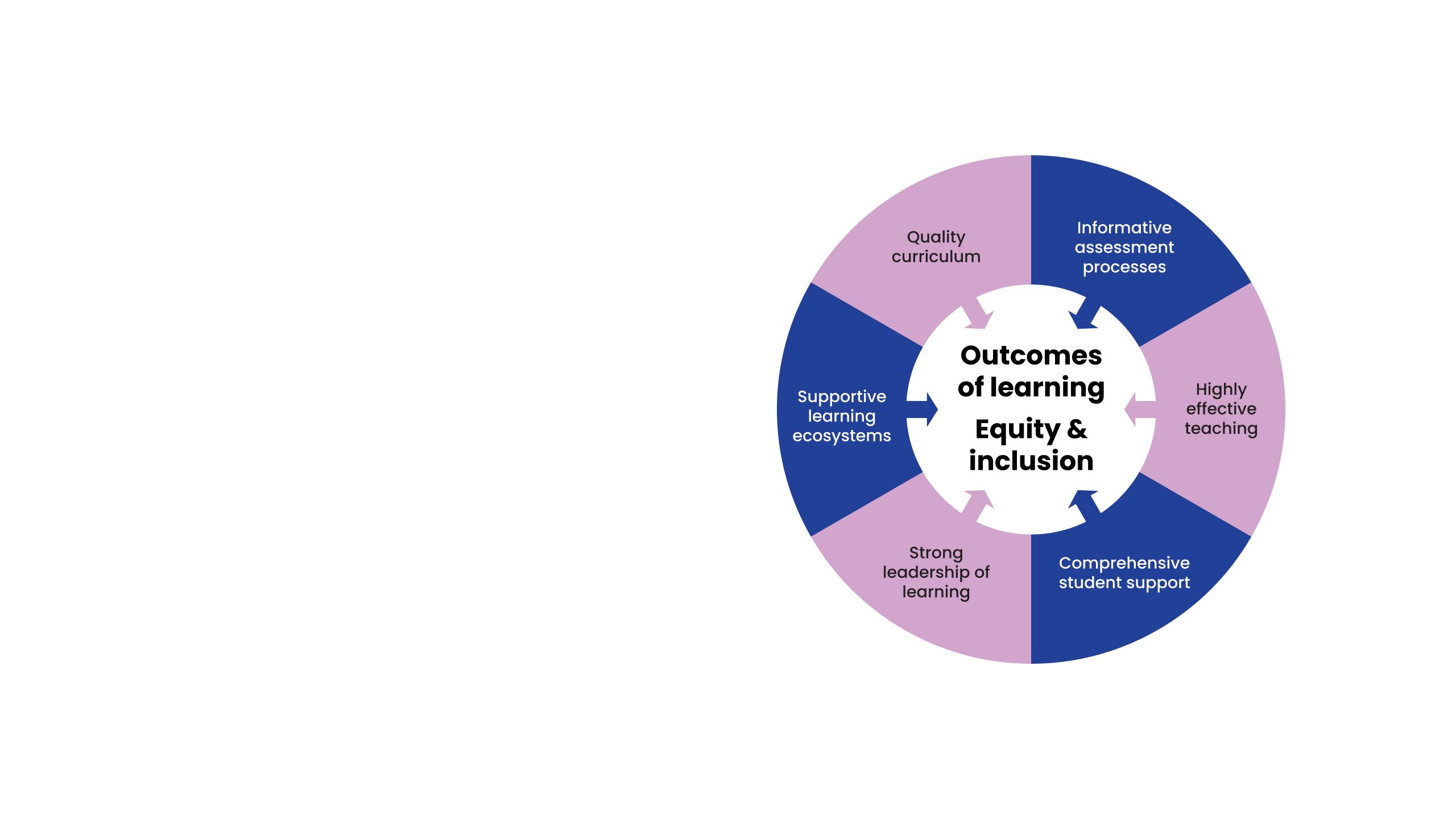
The learning system
At the centre of the learning system are aspirations for learning. Aspirations for the outcomes of learning identify skills and knowledge that students are expected to develop. Aspirations for equity and inclusion identify the conditions required for every student to learn successfully, regardless of their circumstances, background or needs.
Surrounding these central aspirations are 6 components of the learning system.
Not only is the design of each component important, but also how these components work together to create equitable and inclusive learning conditions and deliver desired learning outcomes.


Redefining successful learning
ACER is leading conversations about what successful learning is and how it can be optimised.
Currently, success in learning is usually defined by the proportion of taught content a learner can demonstrate. The problem with this definition is that learners begin from very different starting points, and many fall increasingly behind while others are held back.
Instead, successful learning needs to be conceptualised as holistic progress that individuals make over time.


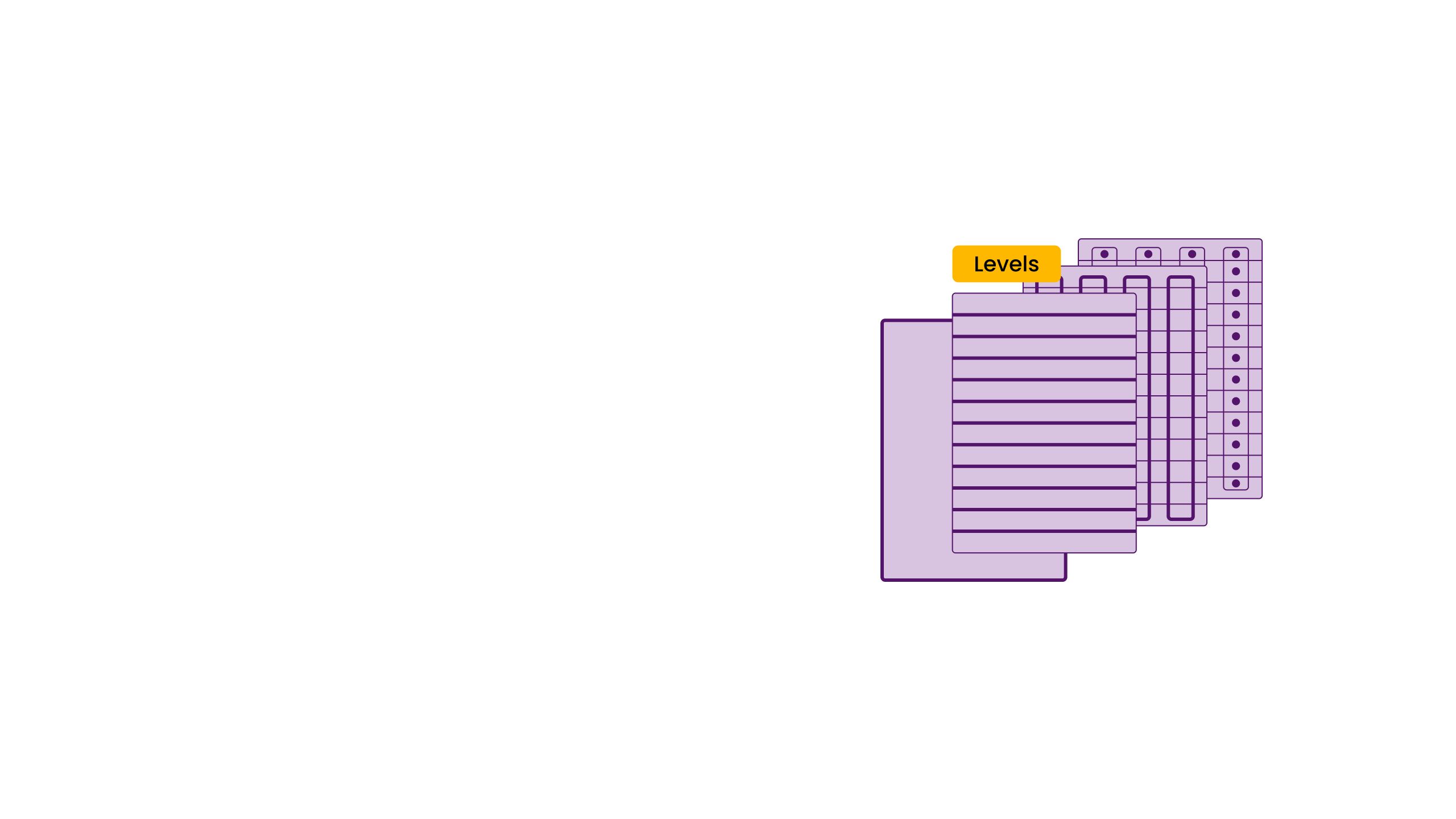

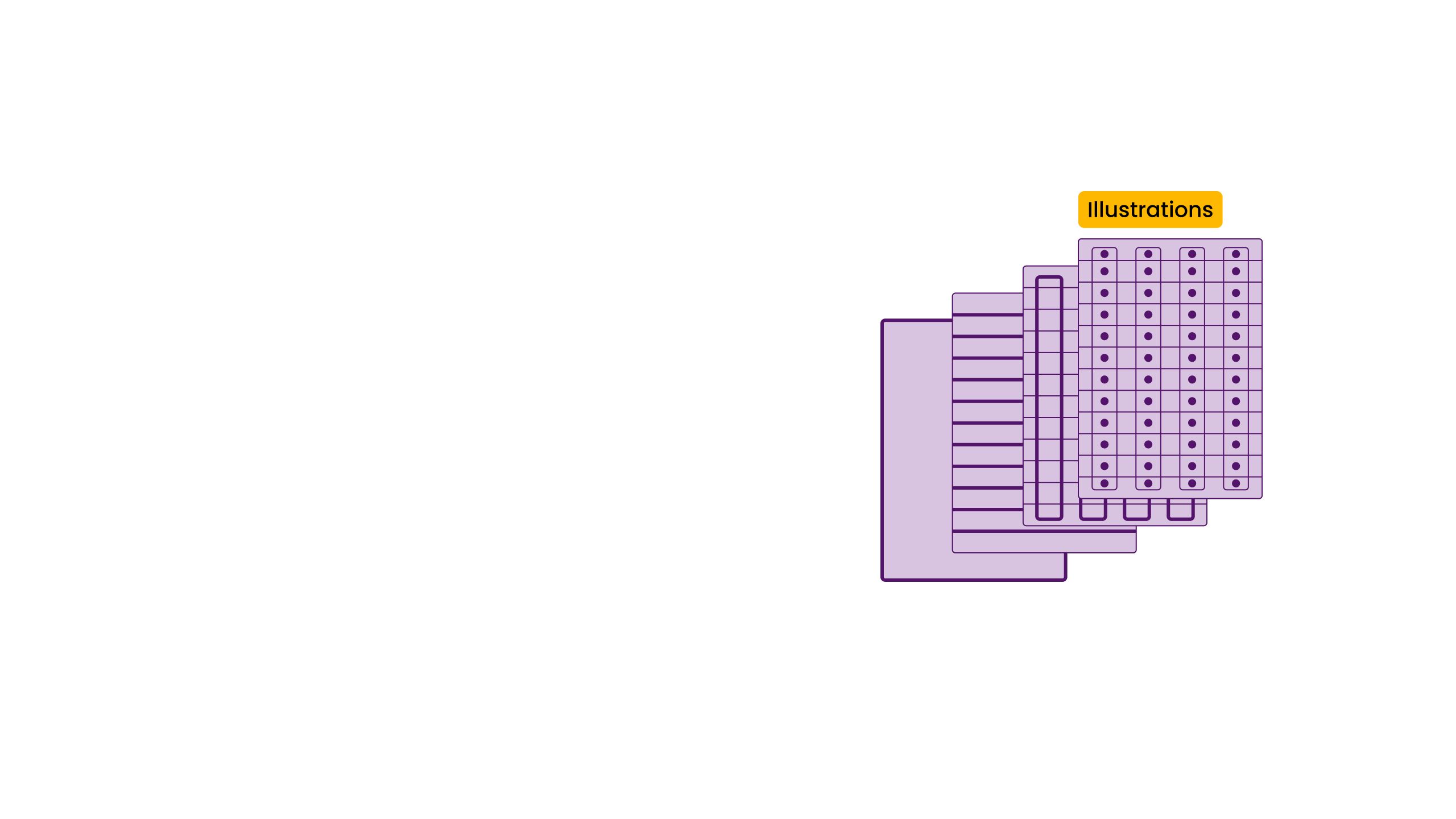
ACER learning progressions
Our evidence-based mapping of long-term learning progress is helping transform curriculum, instruction, assessment and teacher education.
ACER’s learning progressions describe what it typically looks like for learners to move from early to more advanced knowledge, skills and understandings.
Each learning progression has 4 layers of qualitative descriptions of improvement in the learning area, based on evidence from a wide variety of international, regional and national assessments – in combination with common theories of learning and development.
The Domain layer gives 'big picture' information about the learning area.
This layer defines the learning area; explains why it is considered valuable for an individual and for society to develop understandings and skills in the learning area; and gives a broad outline of what improvement in the learning area looks like.
The Levels layer describes levels in the development of understanding and skill in the learning area.
At this layer, improvement in the learning area is described for levels of attainment, corresponding to the divisions of the numerical scale. The description for each level comprises a 'nutshell' summary statement and an elaboration of the understandings and skills that are typically associated with the level.
The Strands layer describes levels in the development of understanding and skill for strands that make up the learning area.
At this Iayer, levels of attainment are described for the major 'threads' along which improvement within the learning area occurs. These threads are referred to as 'strands'.
The Illustrations layer comprises examples of what might be observed in a student's behaviour or responses when particular understandings and skills are operationalised.
At this layer, the strand-level descriptions from the Strands layer are illustrated via example tasks, assessment items, samples of student work and descriptions of student thinking and reasoning.

By focusing on learning as a continuous, ongoing and lifelong process, every learner can be supported to make good learning progress.